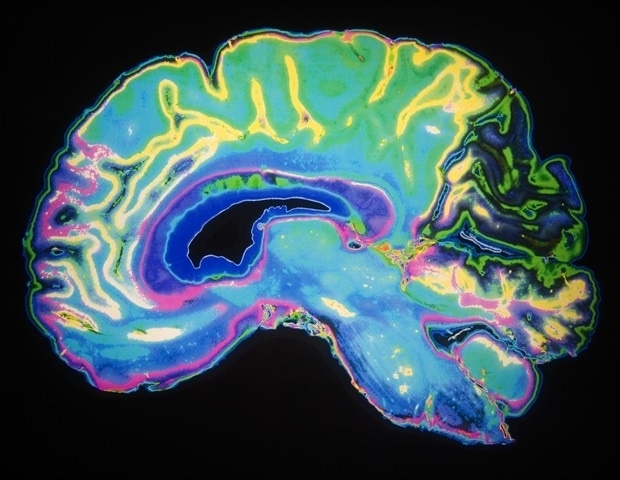Do you grab a fork and take a first bite of cake, or say no and walk away? Our motivation to eat is driven by a complex web of cells in the brain that use signals from within the body, as well as sensory information about the food in front of us, to determine our behaviors. Now, Scripps Research scientists have identified a group of neurons in a small and understudied region of the brain-;the parasubthalamic nucleus (PSTN)-;that controls when an animal decides to take a first bite of food. In the study, published in Molecular Psychiatry on July 4, 2024, the team of scientists set out to selectively manipulate a group of PSTN cells that dial up their activity during periods of binge-eating.
Other scientists have observed that many PSTN cells become active following a large meal, but the team wondered how these cells might influence appetite. In our study, we used a technique that let us turn on cells in the mouse brain that were activated by a specific experience-;in this case, binge-eating. Once we have captured this ensemble of PSTN cells, we can turn them on like a light switch and watch what happens to the animals' eating and drinking.

" Jeff Dunning, PhD, staff scientist at Scripps Research and first author of the new paper The research team found that the ensemble of cells sensitive to binge-eating were capable of drastically changing the behavior of mice. Hungry mice normally start chowing down on food quickly once it becomes available to them. But when researchers turne.
















